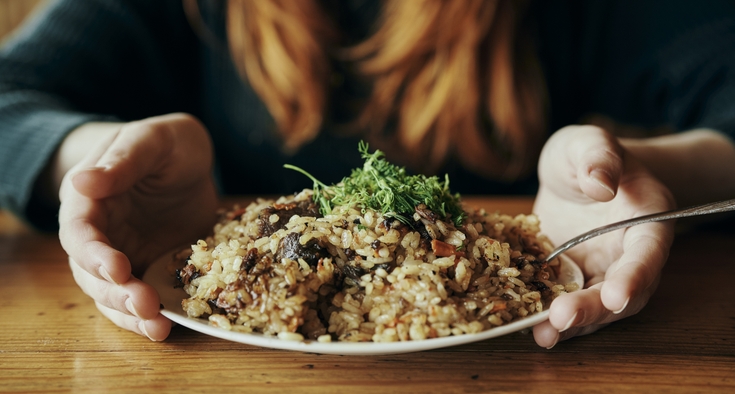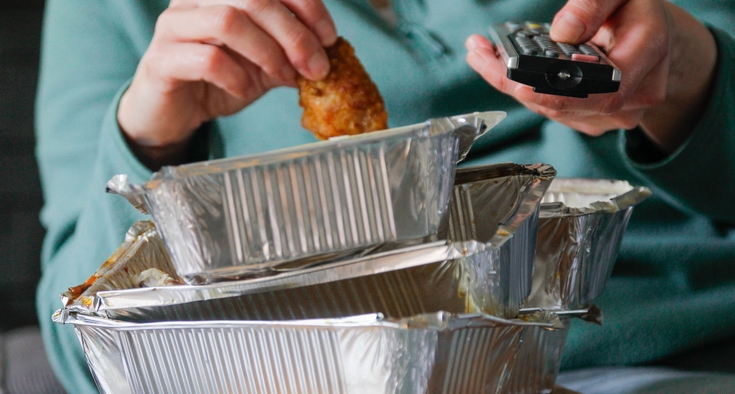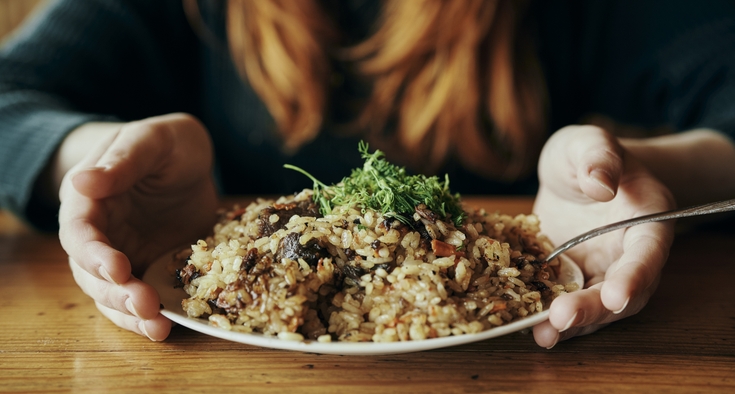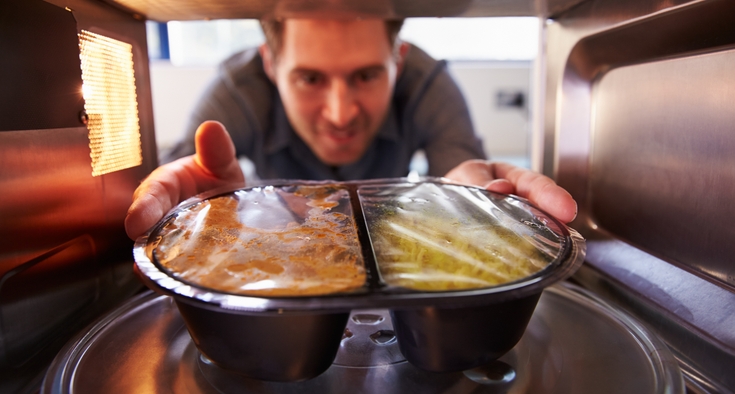Ultra-processed foods are in the news a lot these days – from the state of California banning them from the school lunchroom to a new, small study suggesting that eliminating them can double your weight loss.
Summer Hudson, registered dietitian with Novant Health General Surgery & Bariatrics - Mount Pleasant, gets why we’re drawn to these products. They’re often tasty. They’re crazy convenient. But pretty much everything else about them is bad. Ultra-processed foods are associated with a greater risk of everything from sleep problems to anxiety to death.
“It’s hard. A ton of food in the grocery story is ultra-processed,” Hudson said. “It's everywhere you look.”
We spoke to Hudson about how to weed ultra-processed food out of our diets – and which products may be the most insidious.
Novant Health General Surgery & Bariatrics - Mount Pleasant
When it comes to weight loss, you have more options than ever with Novant Health.
We know that whole foods are foods in their natural state – fruit, vegetables, fish, grains. But in broad terms, what’s the difference between minimally processed and ultra-processed foods?
You know how you bake bread at home? You use flour, yeast, salt. That’s minimally processed. Those ingredients have been slightly altered from their natural state but are still used in traditional cooking. Frozen fruits and vegetables are another example. They’re cut or frozen for convenience. Ultra-processed foods, on the other hand, often include additives you wouldn’t find in a home kitchen, things added to change flavor, texture, color or shelf life.
What makes ultra-processed food so bad for us?
They often contain higher amounts of added sugars, unhealthy fats and sodium. These combinations make them very palatable, meaning it’s easy to eat more than you realize. Research shows people tend to consume more calories when eating ultra-processed foods, partly because they are less filling and easy to overeat.
What are three ultra-processed foods you wish people would stop eating?
Takis and similar flavored chip products. Some are dyed blue! Which shows just how far they’ve been modified from real food ingredients.
Soda. It’s loaded with added sugar and provides calories without nutrients.
Frozen dinners. Even when they’re marketed as “healthy,” the packaging can be misleading. Many contain additives and more calories or sodium than you’d expect for the portion size.
When you work with patients who want a healthier diet, what swaps do you suggest for ultra-processed foods?
For breakfast, for example, an ultra-processed choice is prepackaged egg bites or a sausage-egg muffin. They’re quick and convenient, but often high in fat, sodium and additives.
Instead, try making some at home! You could get some eggs, cottage cheese, and even a little sausage or bacon if you like. You can batch-cook or freeze them for busy mornings. Making your own breakfast sandwiches is another great option because you know exactly what’s going into them.
People often turn to granola or protein bars. I understand the convenience, but I encourage patients to check the nutrition labels and choose bars with shorter ingredient lists, less added sugar, lower carbs and higher protein.
Cereals – most are ultra-processed. For a less-processed alternative, try oats, yogurt with fruit, apple slices with peanut butter, or hard-boiled eggs.
How about dos and don’ts for quick lunches?
I usually recommend limiting deli meat. It’s high in sodium and preservatives. A better option is to cook a batch of chicken or turkey at home and slice for sandwiches or salads throughout the week.
Bagged salad kits can be convenient, but it’s often the dressing packets that add extra fat, calories and sodium. Use a smaller amount or make your own with olive oil and vinegar.
Less-processed lunch choices include chickpea “chicken” salad, tuna, or beans – all great sources of protein. You can also make a simple bento box with carrots, hummus, peppers, edamame and avocado.
Boxed and canned soups are not the best choice since they tend to be high in sodium, but making soup from scratch is simple and inexpensive, and you can control the ingredients.
Are there any processed foods you enjoy?
Frozen pizza – oh my gosh it’s so good, honestly. I’m a dietitian but I’m still a person. I do look at the back and try to compare brands, looking for less sodium, less fat. But making a homemade pizza instead is a great option, and it’s not hard!
Instead of that, try this …
Try these quick-and-cheap substitutes for a few processed foods.
Instead of jarred spaghetti sauce, try: A can of crushed tomatoes plus garlic and onion powders, oregano and basil.
Instead of chicken nuggets, try: Chicken breasts, sliced into strips and dipped into a beaten egg, then flour and/or cornmeal and seasonings of your choice. Bake on a parchment-lined pan until cooked through. They don’t take much longer to cook than frozen nuggets take to heat – and they don’t contain any additives.

Instead of frozen “bowls,” try: Making a pot of rice (see above) and opening cans of beans and adding chopped vegetables, seasonings and maybe cheese, depending on the flavor you’re going for. With a pot of beans and rice in the fridge, you’ve got the basis of convenience meals for the week.













